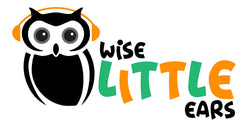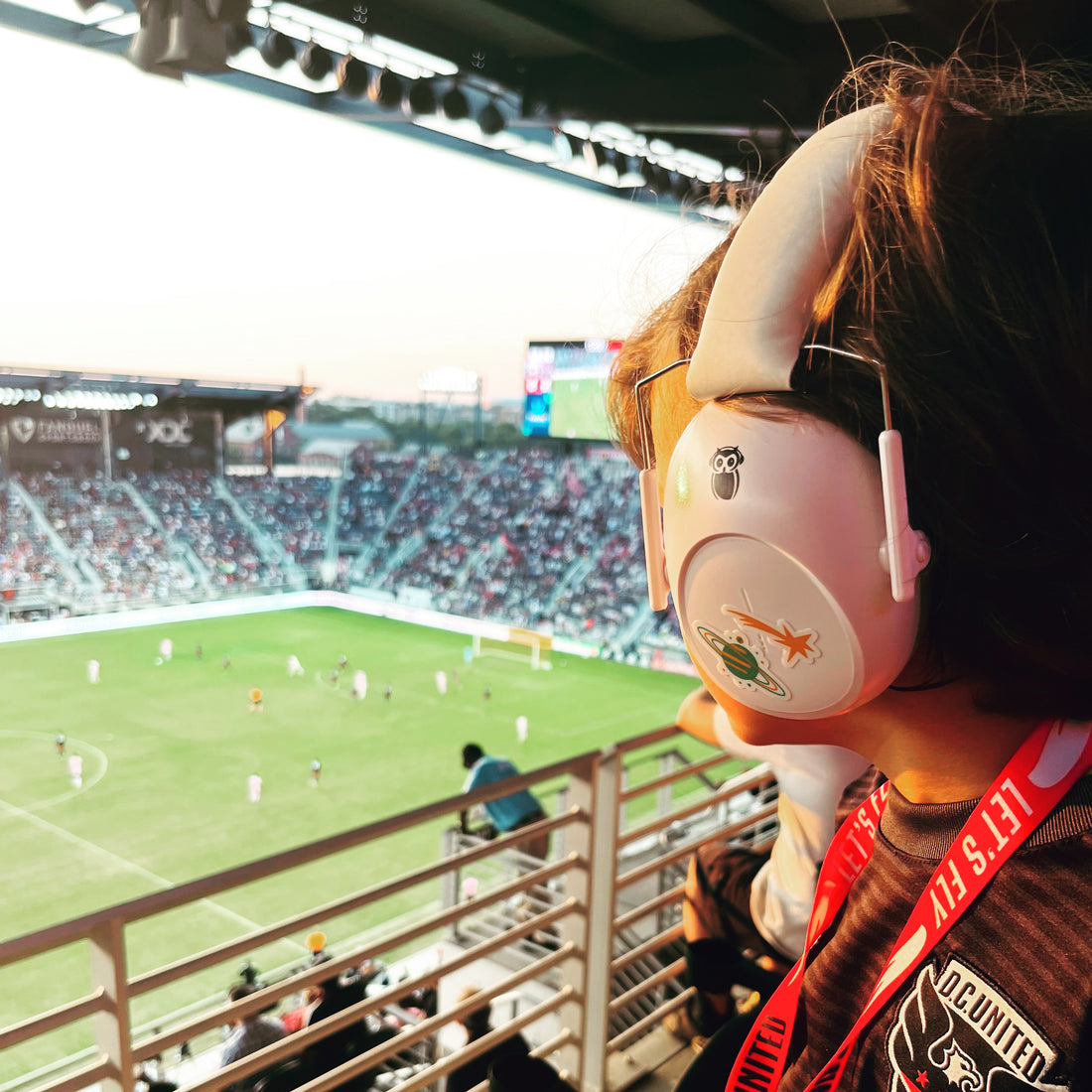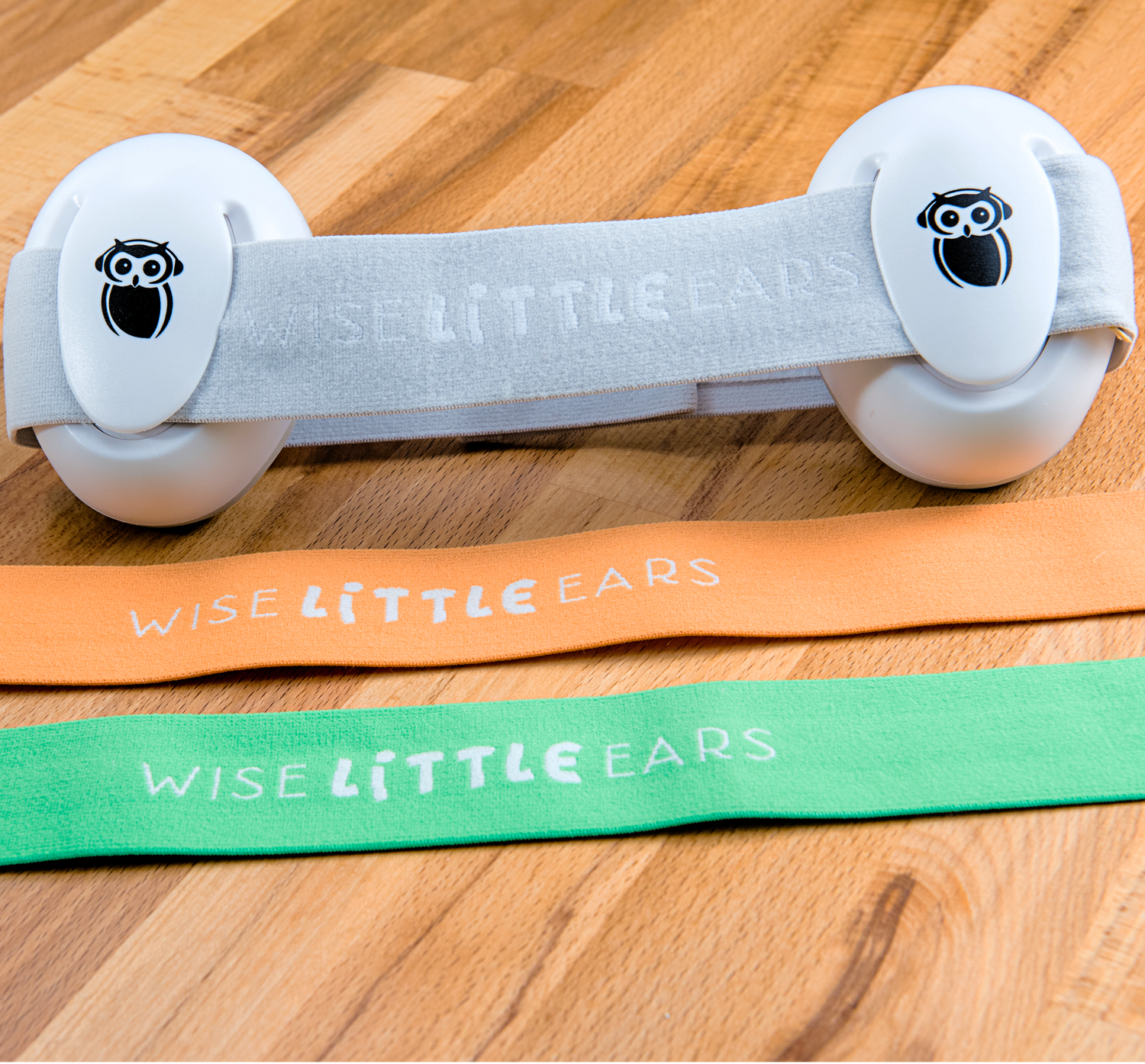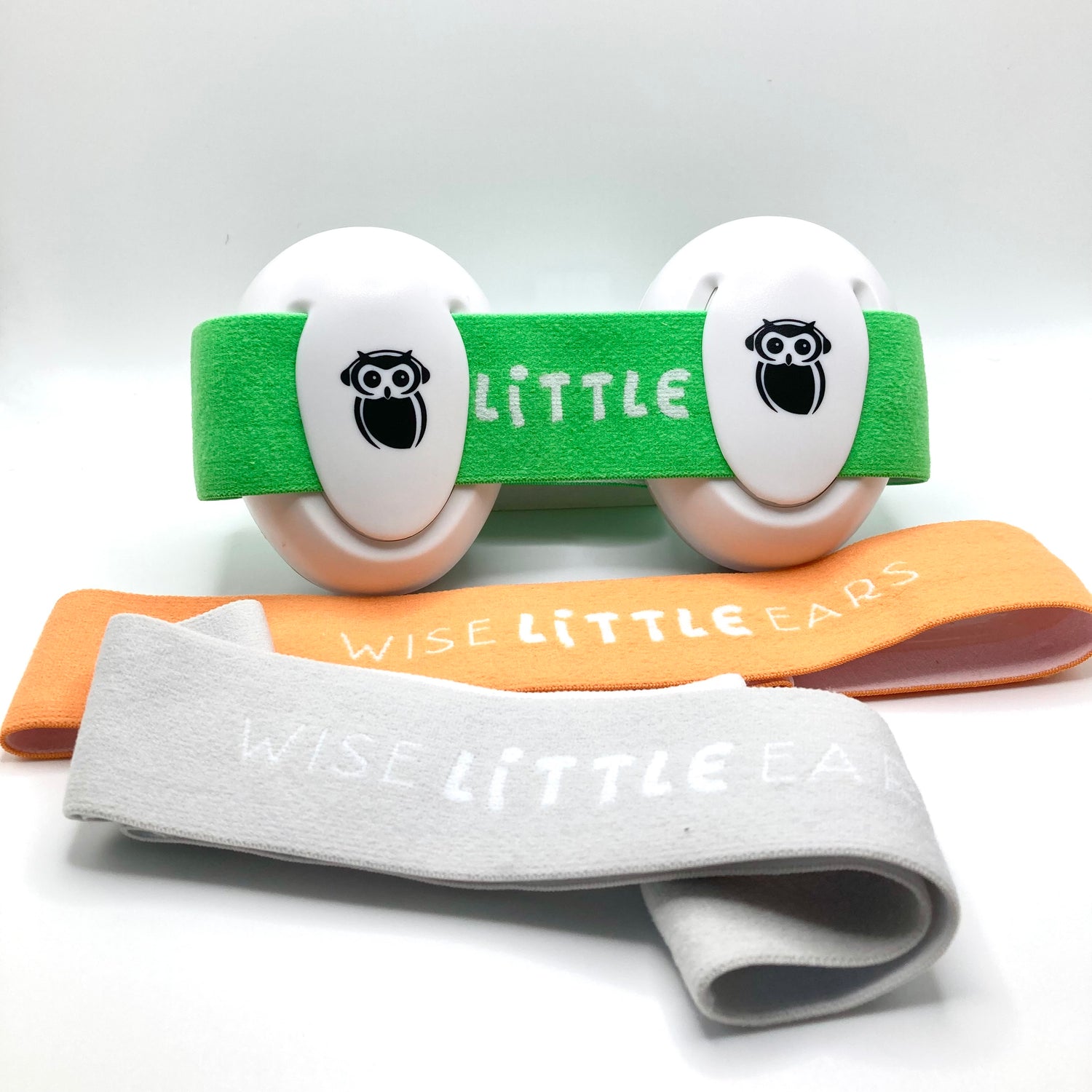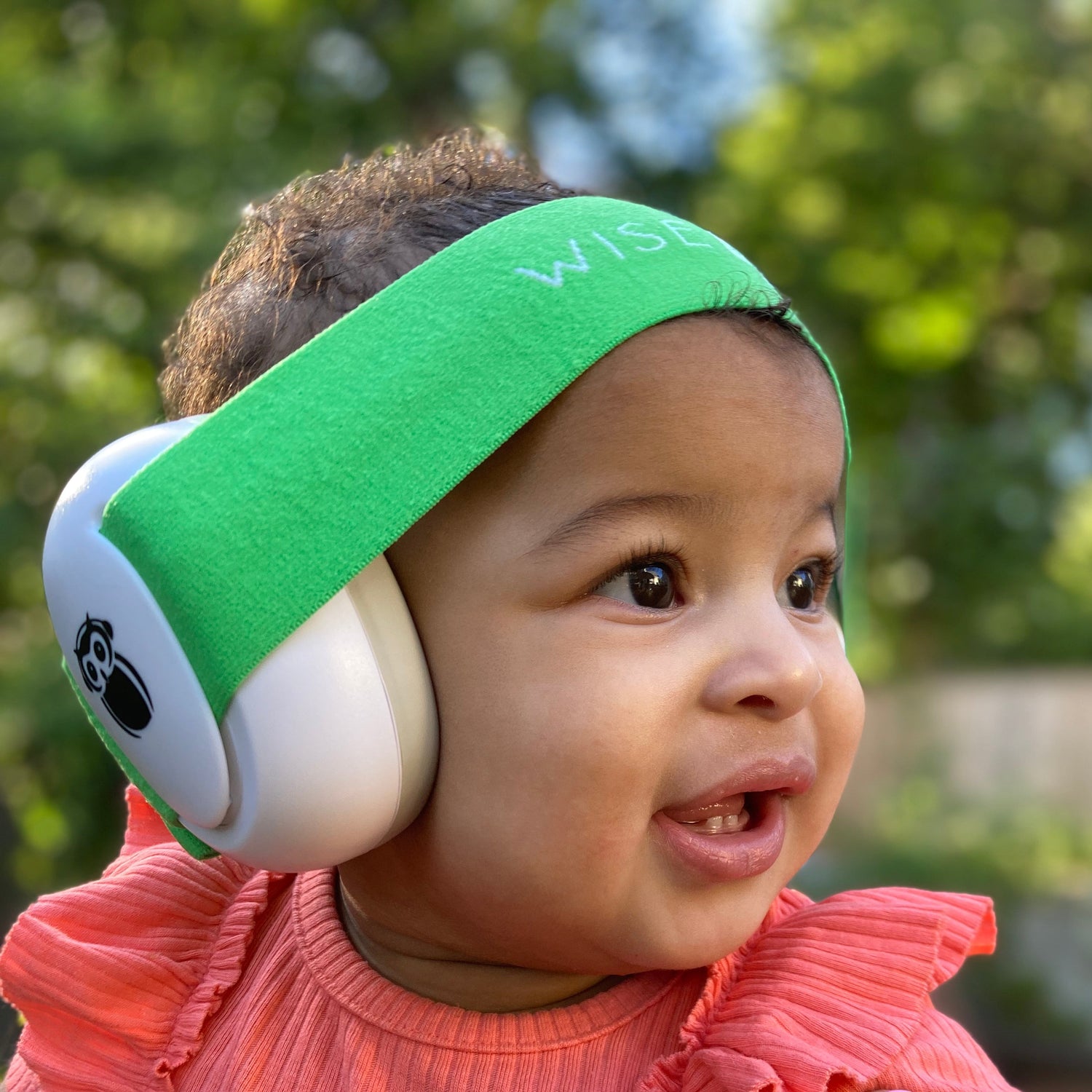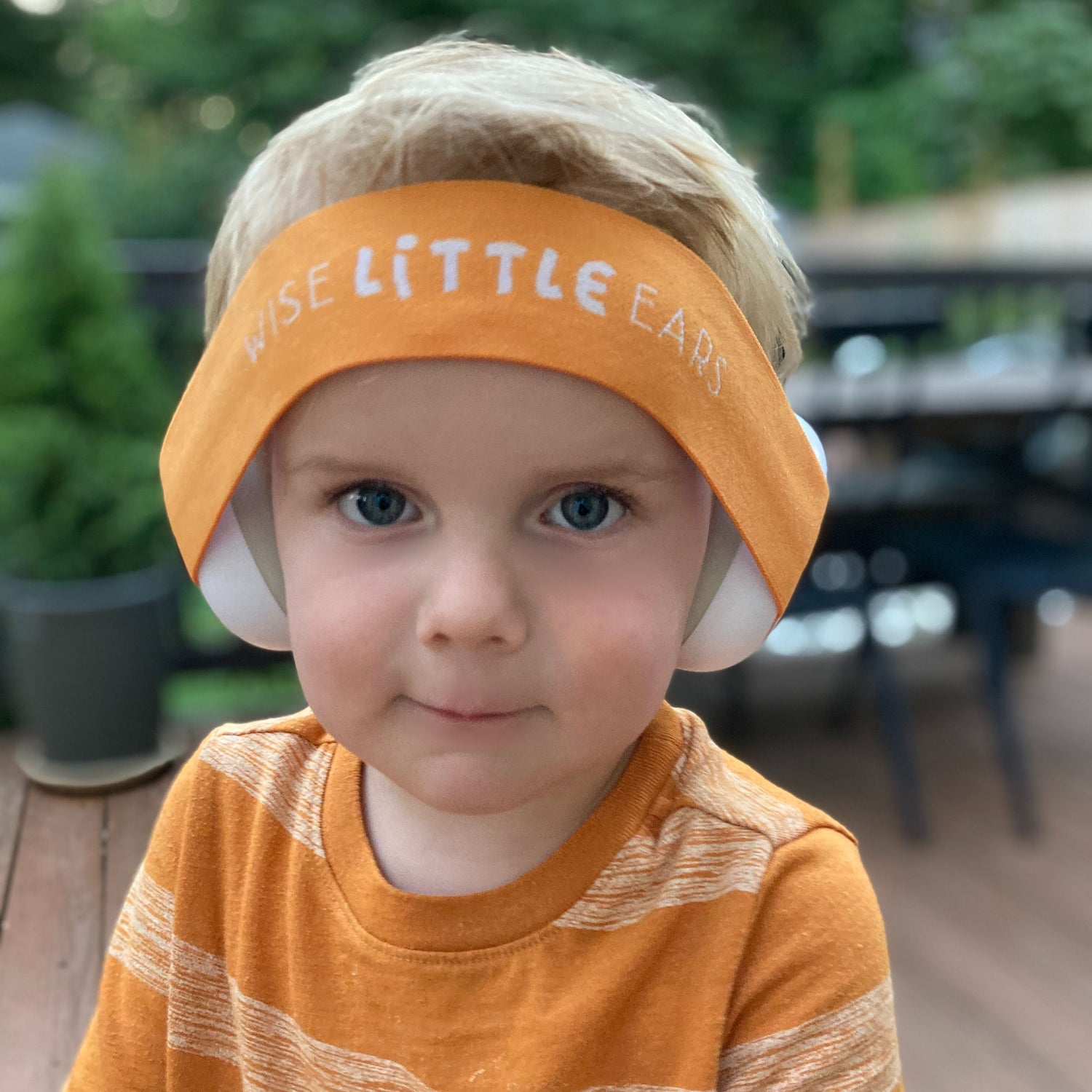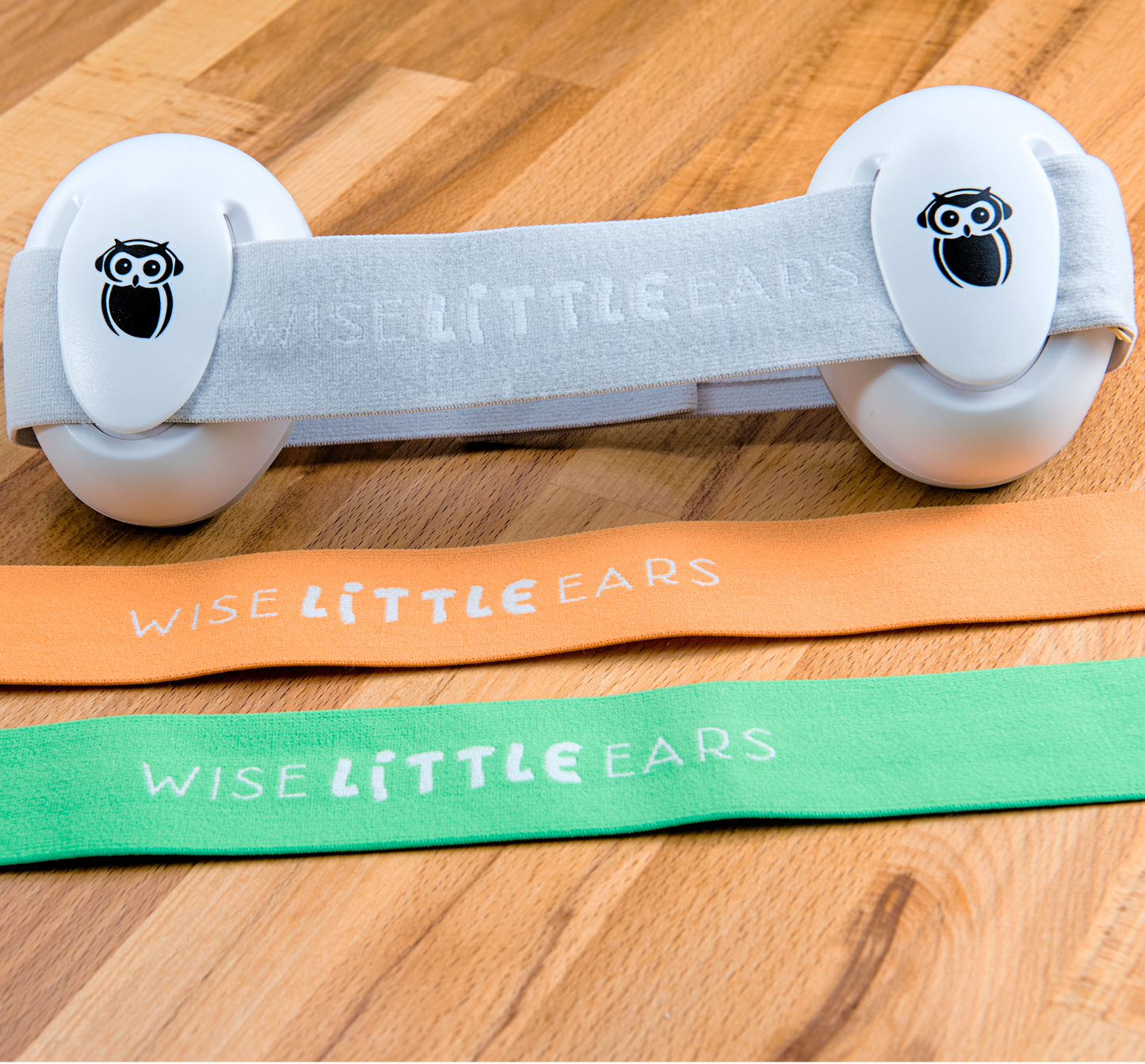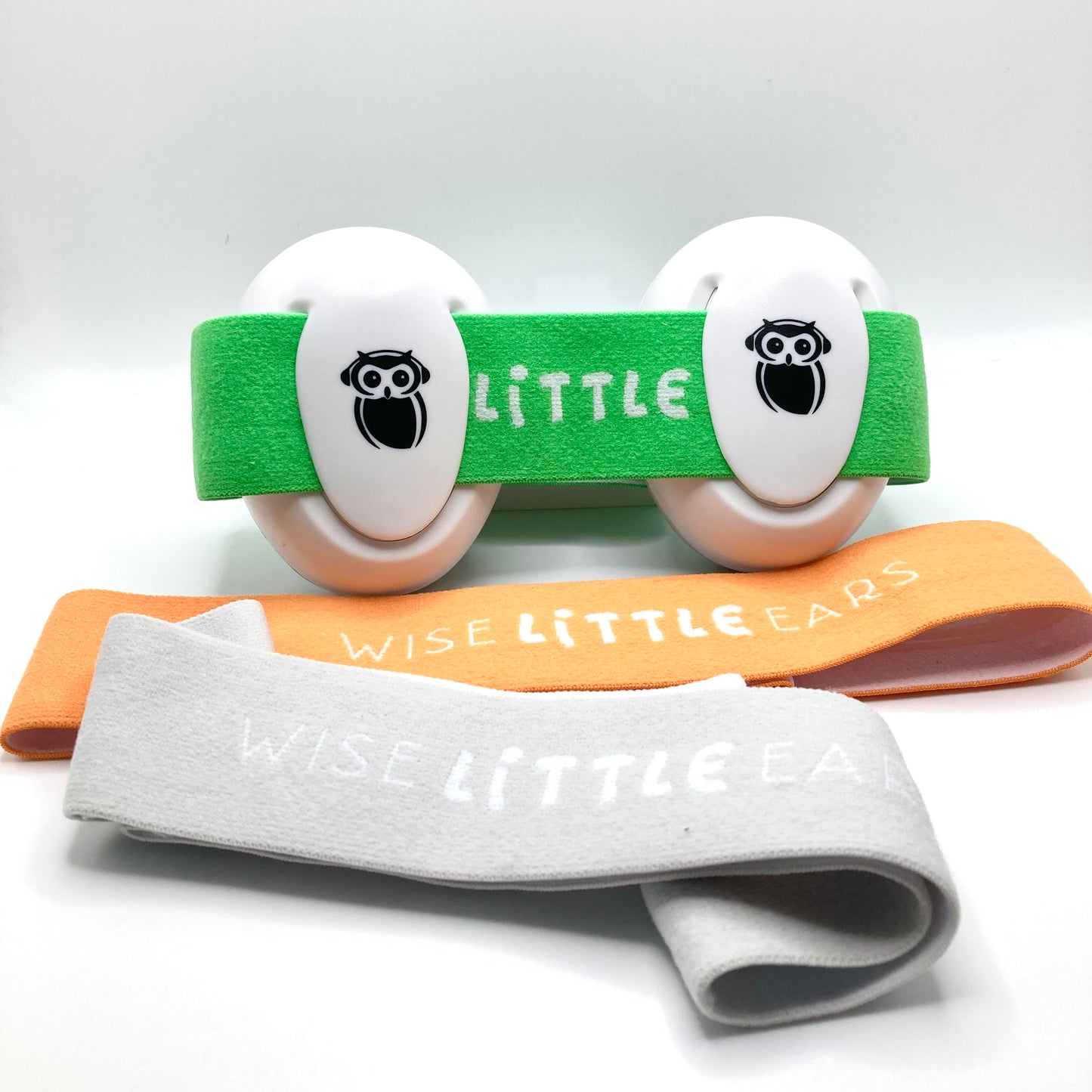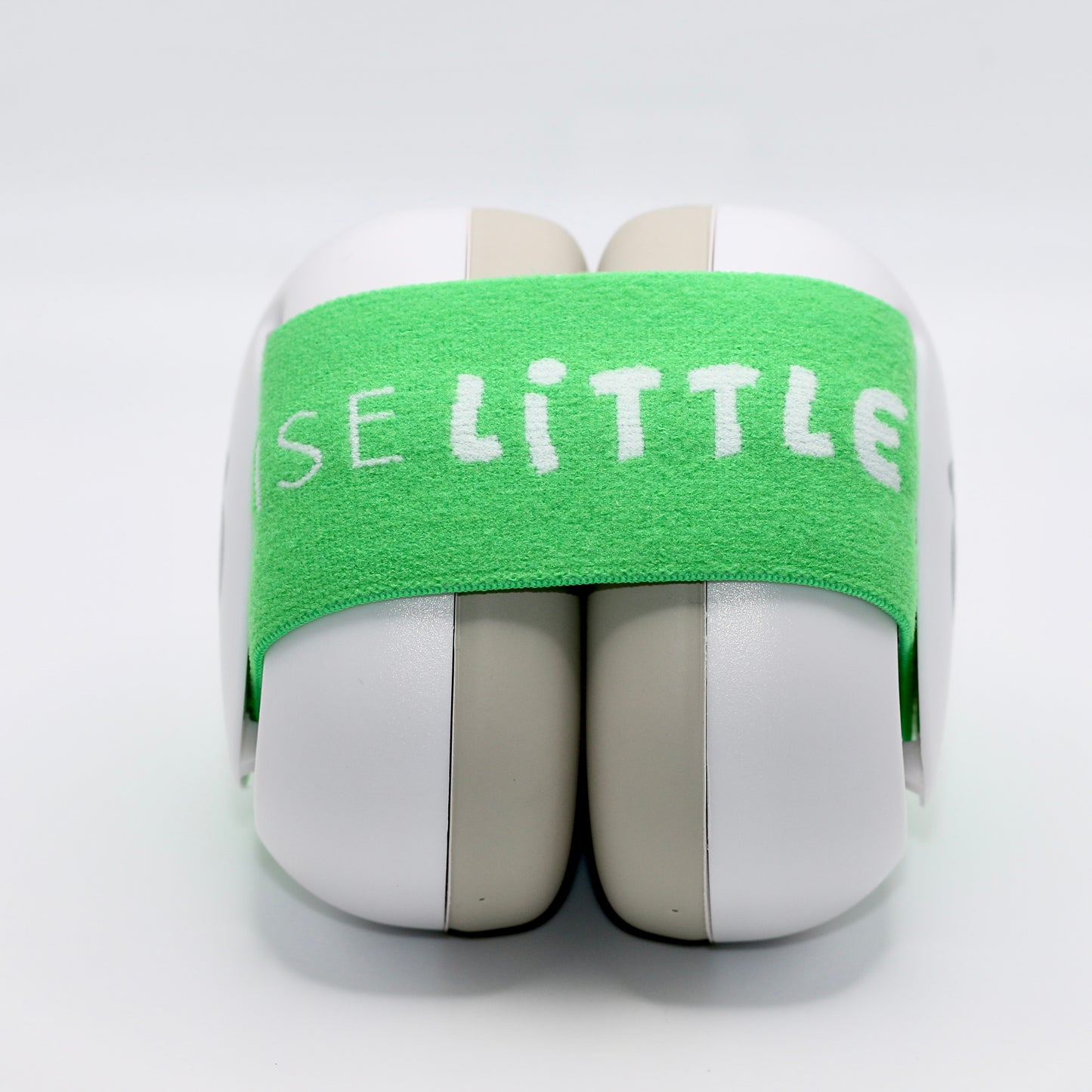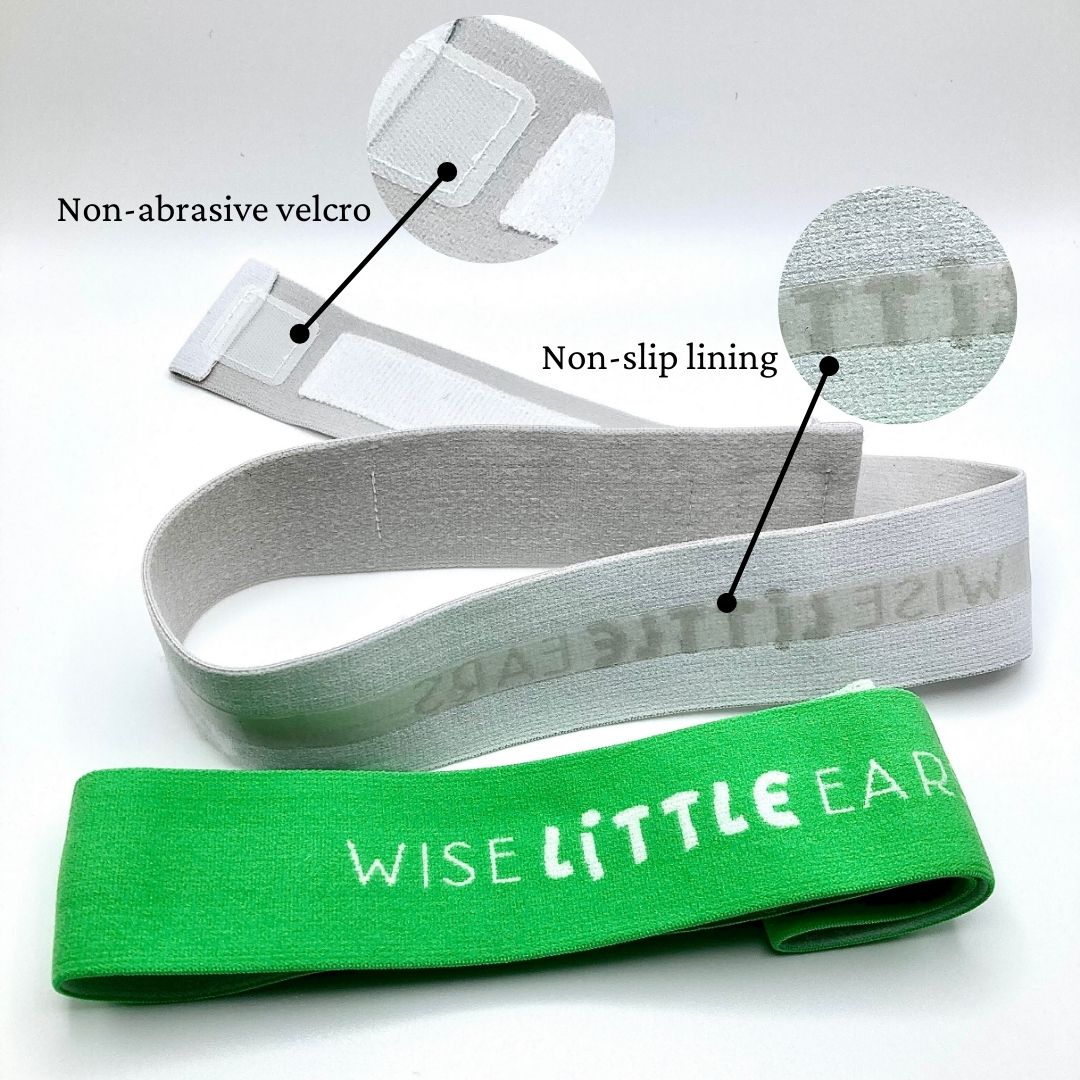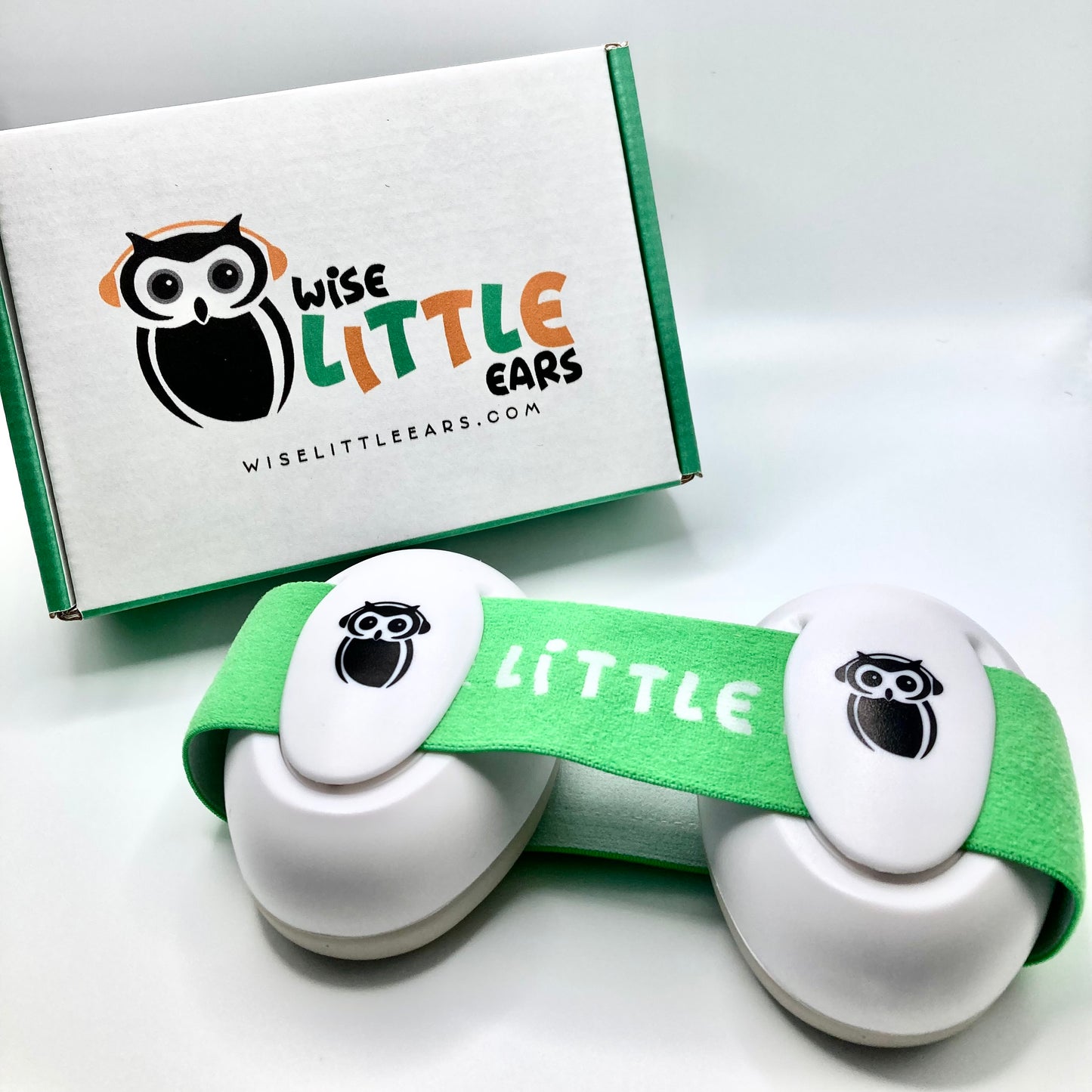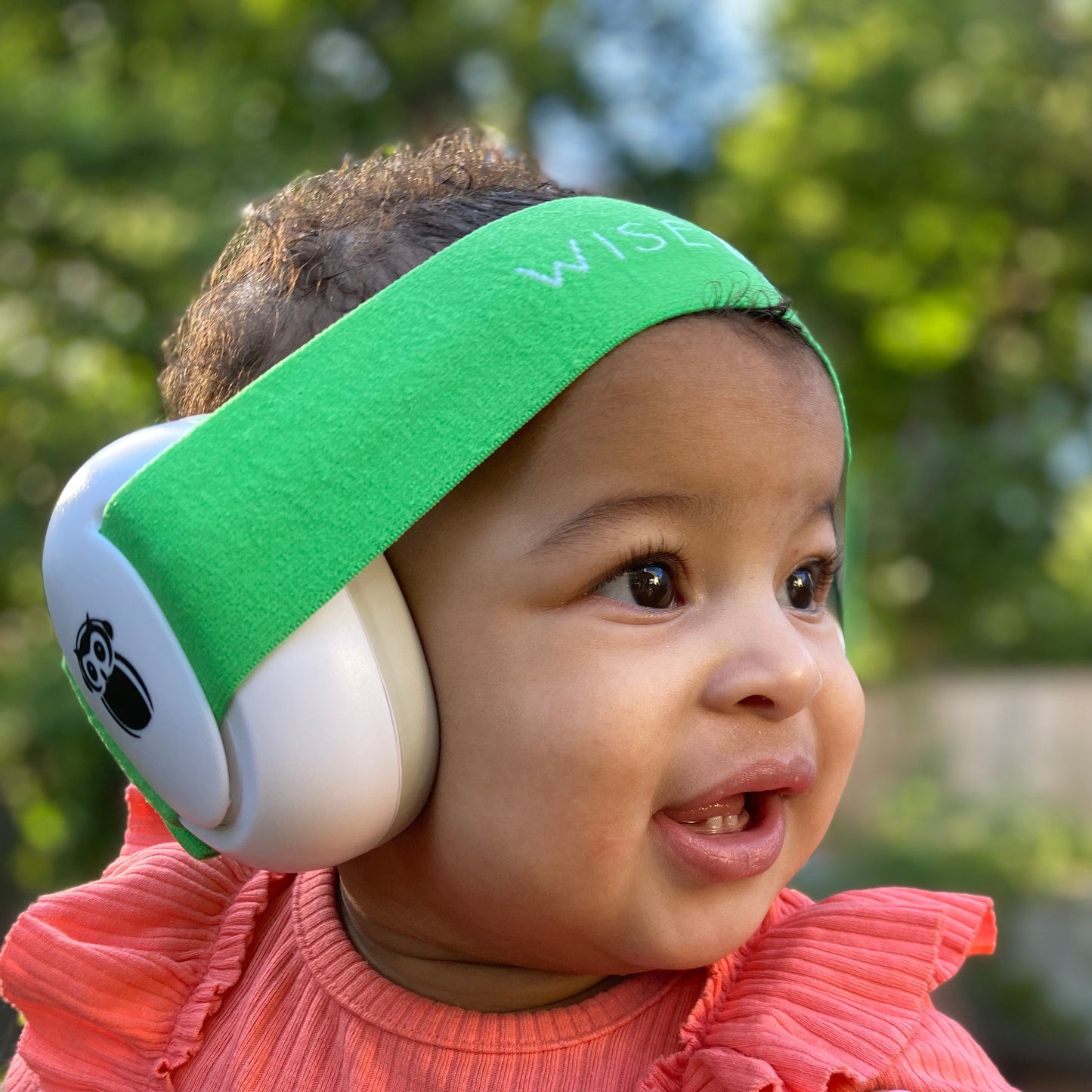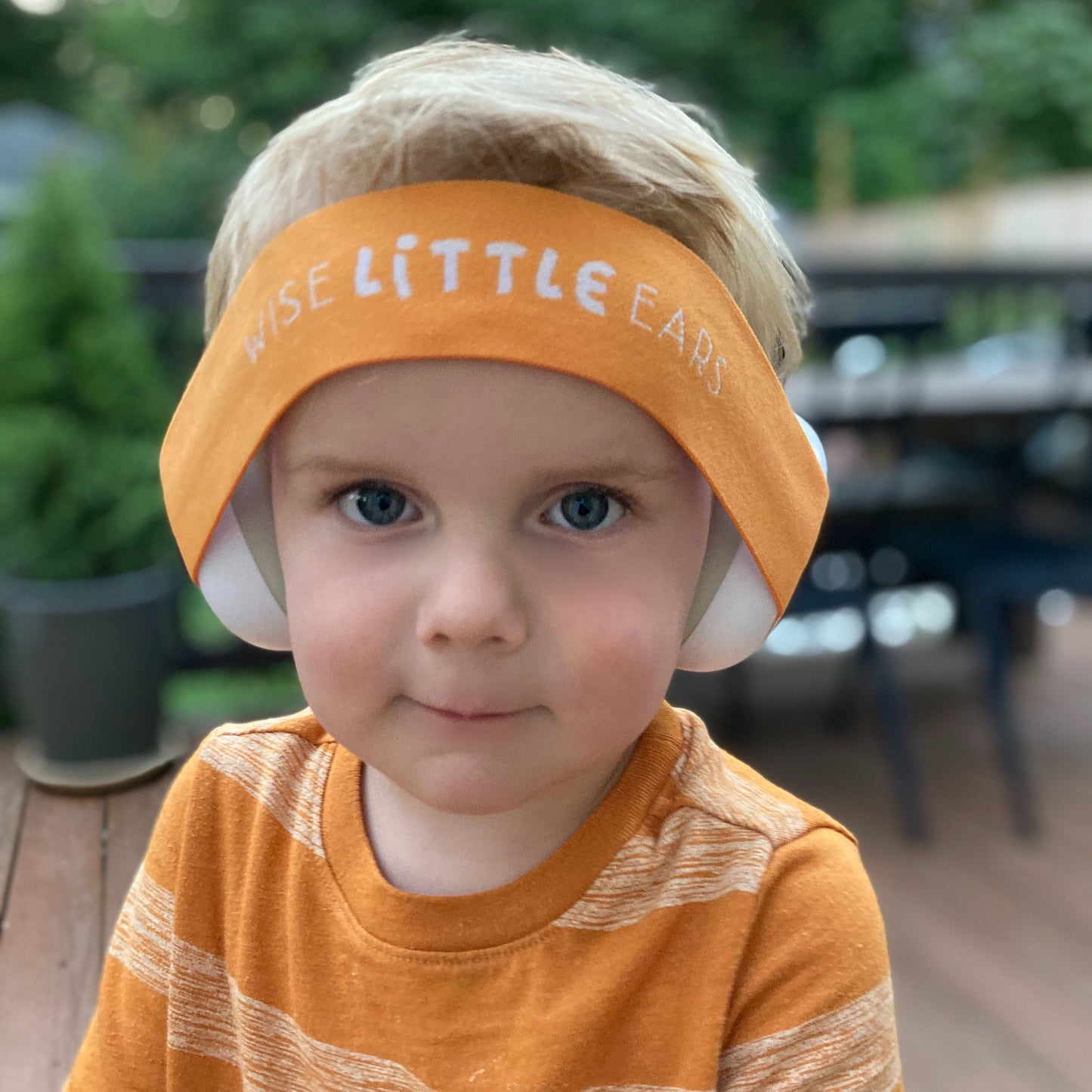According to an NIH study, 1 in 6 school-aged children in the United States suffers from noise-induced hearing loss. This is significant because children who develop hearing loss, especially untreated or undiagnosed hearing loss, perform worse academically than their peers. Hearing loss impacts everything from speech to social development. Even classroom behavior can be impacted by untreated hearing loss, which can lower self-esteem and a child’s overall attitude towards school. Long term, hearing loss is a major factor in early-onset dementia and can cause tinnitus, a condition that leads to permanent ringing in the ears.
Noise-induced hearing loss is the tiny thread that can unravel a whole sweater. And what’s even more challenging, is that noise-induced hearing loss is cumulative, meaning that each exposure to unhealthy noise adds to previous hearing damage, making the condition worse. But because noise-induced hearing loss most commonly happens over time*, it often goes undiagnosed, sometimes for years.
So that’s the bad news, but the good news is that noise-induced hearing loss is totally preventable.
The easiest way to prevent noise-induced hearing loss is to avoid loud noises altogether. Sounds easy, but what qualifies as loud noise? For the sake of this article, we’ll say loud noise is any sound greater than 85 dB, which is about the decibel output of a household vacuum. Now this isn’t to say that using a vacuum for thirty minutes will cause hearing damage, in fact 85 decibels won’t cause hearing damage for upwards of 8 hours. The problem is, other events such as stadium football games, concerts or commercial flights have a much higher decibel output than a vacuum and CAN cause hearing damage in a matter of minutes. This is problematic because unlike the sound of a vacuum, these are spaces that kids and families really enjoy. To see our guide of common events and the sound they produce, check out How Loud is Too Loud for How Long.
So what’s the solution? Hearing protection. Also called earmuffs, noise-reducing headphones and sometimes (although incorrectly) noise-canceling headphones. And although hearing protection doesn’t totally eliminate the risk of hearing loss, it reduces the sound that enters the ear. Enough to make loud events softer and more like a vacuum.
